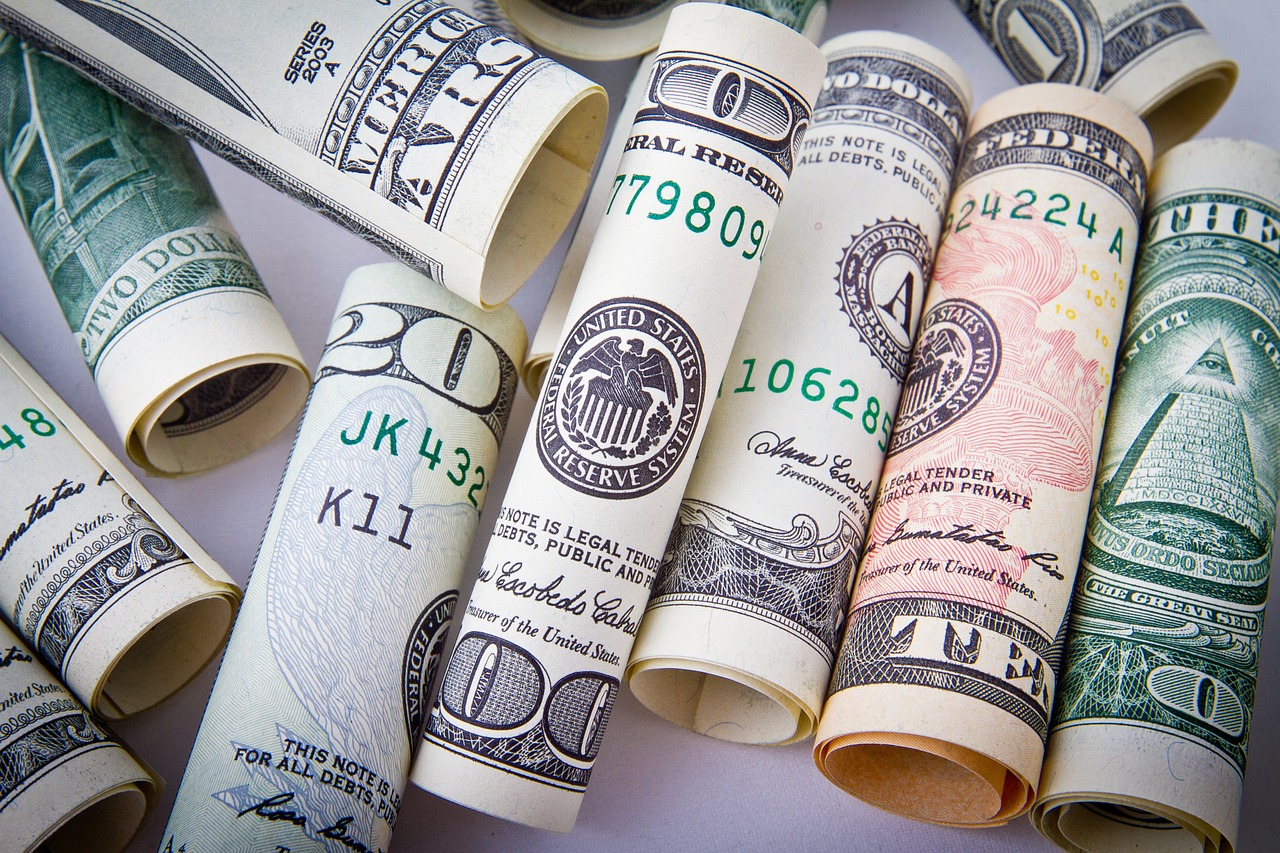Welcome to the world of finance, where every movement and decision has a ripple effect on the global economy. Today, we’re diving deep into one of the most talked-about topics in recent times – Evergrande’s plan to address its mounting debt. As you may already know, the Chinese real estate giant is facing unprecedented levels of debt that have sparked concerns about a potential financial crisis. In this blog post, we’ll break down Evergrande’s approach to tackling this issue and explore what it means for the future of China’s real estate market and beyond. So buckle up and get ready for an insightful journey into one of the most significant financial challenges of our time!
What is Evergrande’s Plan?
Evergrande’s plan to address its mounting debt is two-fold. First, the company plans to sell non-core assets and use the proceeds to pay down debt. Second, Evergrande plans to raise new equity to further reduce its debt burden.
The sale of non-core assets will help Evergrande significantly reduce its debt load. The company plans to use the proceeds from asset sales to pay down about RMB 25 billion (US$3.7 billion) of debt within 12 months. This will put Evergrande in a much better position to service its remaining debt and improve its financial health.
To further reduce its debt burden, Evergrande plans to raise new equity. The company intends to issue new shares worth up to RMB 20 billion (US$3 billion). The new equity will be used to repay some of Evergrande’s existing debt, which will help lower the company’s overall interest expenses.
Evergrande’s plan is a sensible one that should help the company improve its financial situation over time. By selling non-core assets and raising new equity, Evergrande will be able to reduce its debt burden and make progress towards achieving long-term financial stability.
Why is Evergrande in Debt?
Evergrande is one of the world’s most indebted companies, with over US$100 billion in debt. The company has been trying to reduce its debt burden by selling assets and raising equity, but these efforts have not been enough to offset the impact of Evergrande’s high leverage.
In order to address its mounting debt, Evergrande has proposed a plan that includes issuing new shares, selling non-core assets, and raising debt. The company hopes that these measures will help it reduce its debt-to-equity ratio and improve its financial position. However, there are risks associated with Evergrande’s plan, including the possibility that the company will not be able to meet its targets.
Investors should carefully consider the risks and potential rewards of investing in Evergrande before making any decisions.
How will the Plan Address the Debt?
Evergrande’s plan to address its mounting debt consists of three prongs: first, it will spin off its real estate development business; second, it will issue new equity; and third, it will sell non-core assets.
Spinning off the real estate development business: This move will help Evergrande focus on its core businesses of property management and construction, and give the developer more flexibility in terms of raising capital and managing its balance sheet.
Issuing new equity: This will help Evergrande raise fresh capital to pay down debt. The company has already announced a rights issue that would raise up to HK$25 billion (US$3.2 billion).
Selling non-core assets: This will help Evergrande further deleverage its balance sheet. The company has already sold several non-core assets, including its stake in Chinese insurer Anbang Insurance Group.
What are the Risks of the Plan?
Evergrande’s aggressive debt-reduction plan comes with a number of risks that could hamper the company’s ability to meet its targets.
First, the plan relies heavily on asset sales to raise money to pay down debt. However, Evergrande has already sold off a number of its key assets in recent years, and it may be difficult to find buyers for the remaining properties.
Second, the plan calls for Evergrande to take on more debt in the short term to fund the repayment of its existing debts. This could put even more strain on the company’s balance sheet and make it more difficult to meet future debt payments.
Third, Evergrande will be forced to significantly cut its dividend payments under the plan. This could make it harder to attract new investors and maintain shareholder confidence in the company.
Fourth, Evergrande will need to obtain approval from its creditors for the plan. There is no guarantee that they will agree to the terms, which could put further pressure on the company.
What are the Benefits of the Plan?
Assuming the plan is successful, Evergrande’s debt would be reduced by about RMB 200 billion within three years. This would be a significant reduction in the company’s overall debt burden, and would likely lead to a reduction in interest payments as well.
In addition, the plan includes a number of measures to improve Evergrande’s operating efficiency. For example, the company plans to sell non-core assets and reduce its headcount by 10%. These actions should help to improve Evergrande’s profitability and cash flow generation going forward.
Overall, if successful, the plan should provide some much-needed relief for Evergrande’s balance sheet and help to set the stage for future growth.
Conclusion
Evergrande’s plan to address its mounting debt is an ambitious one that requires careful execution. By divesting assets and improving cash flow, reducing leverage, increasing capital raising activities and focusing on core businesses, the company is taking a comprehensive approach to tackling its financial issues head-on. We wish them luck in this endeavor and look forward to seeing how their efforts will pay off in the long run.










